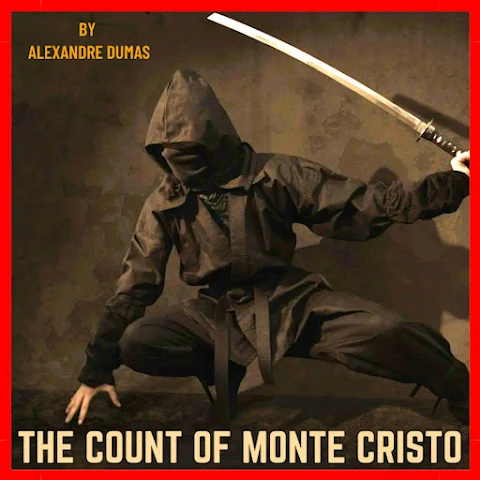Introduction: A Masterclass in Plot Construction
Alexandre Dumas' The Count of Monte Cristo stands as one of literature's finest examples of intricate plotting. Through its carefully woven narrative threads and masterfully timed revelations, the novel demonstrates the pinnacle of storytelling craftsmanship. Today, we'll explore how Dumas constructed this literary masterpiece and why its plot structure continues to captivate readers centuries later.
Want to Experience the Story's Brilliance?
Listen on SpotifyThe Three-Act Structure Perfected
At its core, The Count of Monte Cristo follows a classical three-act structure, but Dumas elevates this framework to new heights. The first act establishes Edmond Dantès' innocent beginnings and brutal betrayal, the second chronicles his transformation and preparation, and the third unveils his elaborate revenge plot. Each act builds upon the previous one, creating mounting tension and increasing stakes.
Act One: The Setup
The novel's opening brilliantly establishes all major players and their motivations. We meet Dantès at his highest point – young, successful, and in love – making his fall all the more dramatic. The conspiracy against him unfolds with precision, each betrayer's action flowing naturally from their established character traits.
Act Two: The Transformation
The middle section of the novel masterfully handles Dantès' transformation into the Count. Through his prison education, escape, and discovery of treasure, Dumas creates a believable metamorphosis while laying the groundwork for future plot developments.
Act Three: The Execution
The final act showcases Dumas' genius for plotting. Multiple revenge schemes unfold simultaneously, each carefully timed and interconnected. The Count's plans affect his targets both directly and indirectly, creating a complex web of consequences that feels both inevitable and surprising.
Parallel Plotlines and Their Convergence
One of the novel's greatest strengths is its handling of multiple plotlines. Dumas juggles several narrative threads – the Count's revenge, Albert's coming of age, Maximilian and Valentine's romance, and more – while maintaining clarity and purpose. These parallel stories eventually converge in satisfying ways, creating a rich tapestry of cause and effect.
The Art of Revelation
Dumas demonstrates masterful control over information release. He knows exactly when to reveal key information to characters and readers alike. The gradual unveiling of the Count's identity to different characters creates varying levels of dramatic irony, enhancing reader engagement.
Character Arcs and Plot Integration
Each major character's development is inextricably linked to the main plot. Fernand's rise to power, Villefort's political ambitions, and Danglars' financial schemes all serve both character development and plot advancement. This integration makes the story feel organic despite its complexity.
Themes Reinforced Through Plot
The novel's themes of justice, revenge, and redemption are strengthened through plot structure. Each plot point either challenges or reinforces these themes, creating a philosophical depth that emerges naturally from the story rather than feeling imposed upon it.
The Role of Subplots
Dumas uses subplots not merely as filler but as essential components that enhance the main narrative. The romance between Maximilian and Valentine, for instance, provides both contrast to the Count's vengeful mission and eventually becomes crucial to his redemption.
Foreshadowing and Payoff
Throughout the novel, Dumas plants seeds that bloom into major plot points. From seemingly minor details about characters' histories to casual mentions of political events, every element serves a purpose in the larger narrative.
Pacing and Tension
The novel's pacing is another testament to Dumas' plotting expertise. He alternates between fast-paced action, character development, and plot exposition, maintaining reader interest while building toward major revelations.
Conclusion: A Blueprint for Storytelling
The Count of Monte Cristo's plot structure remains a masterclass in storytelling. Its intricate yet coherent narrative, perfect timing of revelations, and masterful handling of multiple plotlines continue to influence writers and captivate readers. By studying how Dumas constructed this magnificent plot, we gain insights into the fundamental principles of compelling storytelling.



